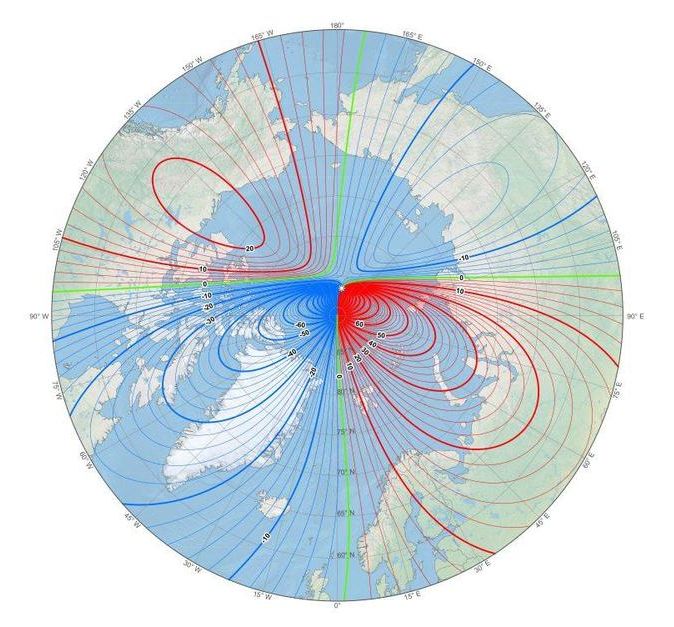How do human beings perceive their environment and take their decisions? To successfully interact with the immediate environment, for human beings it is not enough to have basic evidence of the world around them. This information by itself is insufficient because it is inherently ambiguous and requires integrating into a particular context to minimize the uncertainty of sensory perception. But, at the same time, the context is ambiguous. For example, am I in a safe or a dange…
According to a study published on Nov. 28 in Nature Communications by Philipp Schustek, Alexandre Hyafil and Rubén Moreno-Bote, researchers at the Center for Brain and Cognition of the Department of Information and Communication Technologies.
Universitat Pompeu Fabra — Barcelona










